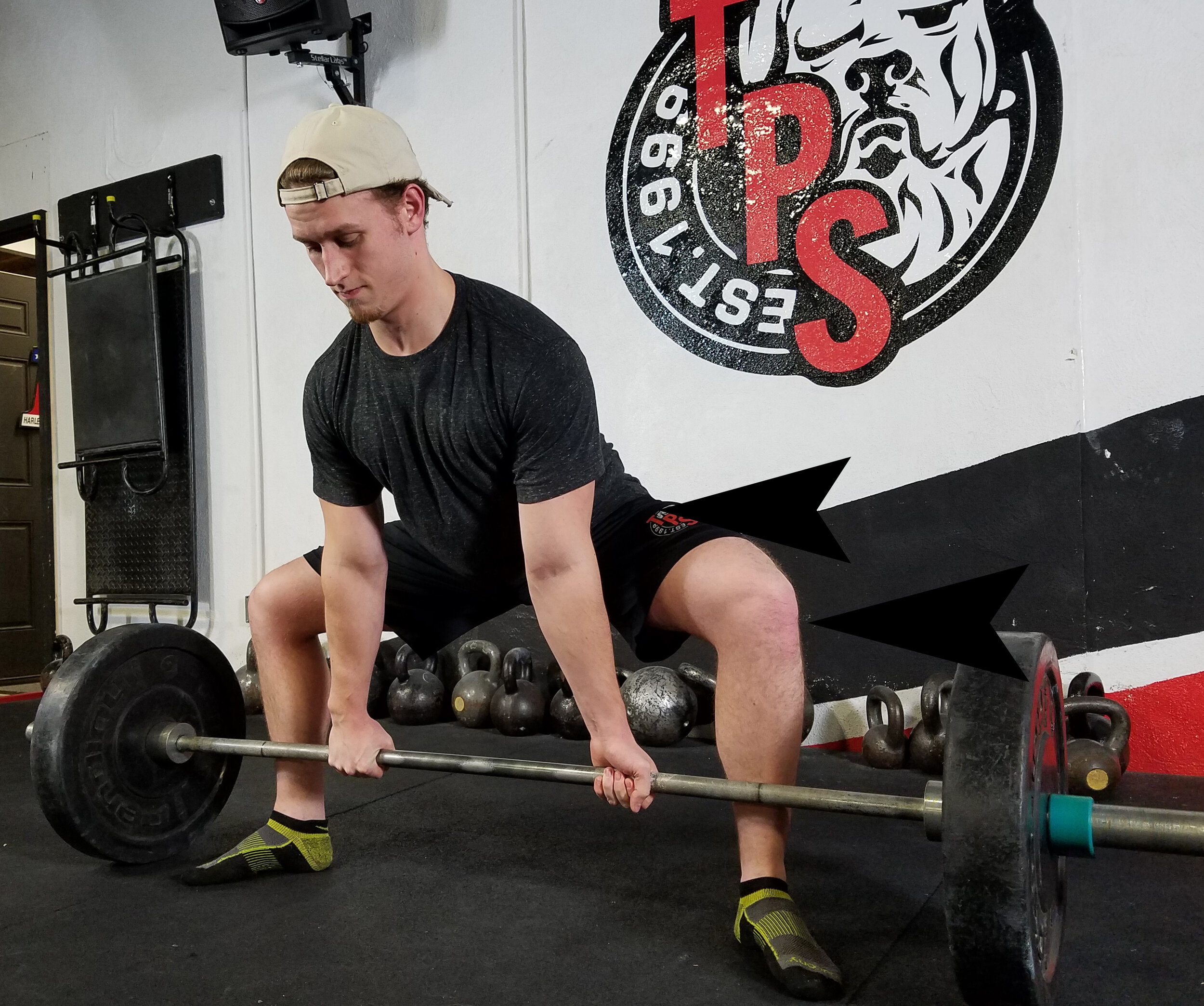4 of the Most-Common Deadlift Variations
The deadlift is a phenomenal exercise to develop posterior chain strength. Whether you are recovering from an injury, lifting for fun or following a sport-specific program to enhance your performance, adding a deadlift variation can help you make big improvements!
All styles of deadlifts will improve posterior chain strength (glutes, hamstrings, calves), core stabilization and even hit the quadriceps. However, there are many different styles & variations of deadlifts, so which one should I be performing? Well, let’s discuss a couple of my favorite options and when/why I would use each one.
Conventional
During a conventional deadlift, you will be utilizing a straight barbell with either a double-overhand grip or alternated-grip (one up, one down). Set up by placing the bar directly in front of the feet, keeping the hips low and chest up. Once you have established your grip, create tension in the spine by bracing the abdominals, locking in your lats and taking a deep breath to increase intra-abdominal pressure. During the lift, keep the bar path as close to the body as possible until you perform full hip extension and lock the quads. Slowly lower the bar in the same direction it elevated, maintaining eccentric control.
Conventional deadlifts are typically prescribed for clients who are performing a lot of olympic lifts, as the starting position is similar to other lifts (clean/snatch). It is essential to have very good, pain-free hip mobility to achieve this starting position. Low back pain is typically the main reason why clients will avoid or have difficulty with this lift.
Romanian
Romanian Deadlifts (RDL) are more frequently utilized in physical therapy as a means of teaching clients how to properly perform a hip hinge. This technique is important for performing daily activities, such as sit-to-stand transfers and squatting, without activating the lumbar extensors. The RDL will traditionally begin from a “hang” position, holding the dowel or barbell at the hip. Maintaining proper posture and core stability, hinge at the hip with weight transferring towards the heel as your hips drive backwards. Keeping the knees relatively straight, there should be a more significant strain placed on the hamstrings and lower portion of the glute musculature.
RDLs are a great exercise to develop proper movement mechanics and hamstring/glute strength. The RDL can also be performed in single-leg, using different weights (bodyweight, dumbbell, kettlebell, barbell) or on an airex pad for stability training.
Sumo
With patients who lack hip mobility or have pain in the hips/lower back with the conventional deadlift, transitioning to a sumo deadlift can be the perfect fix for you. Using a conventional straight barbell, line up for a conventional deadlift but widen the feet past shoulder width. Some trainers prefer to slightly turn the toes facing out as well, however the important piece to a sumo deadlift is eliminating hip pain by performing a hip hinge and maintaining vertical tibias (shin bones). By keeping a straight line from the knee to the ankle and rotating the knees outwards, the glutes will fire appropriately and allow you to perform a powerful lift without needing to drop the hips deep into “the hole”.
Like all deadlifts, prior to lifting, engage the core & lats to promote spinal tension. Hand grip will be slightly more narrow than the conventional deadlift. Complete the concentric portion of the lift, then maintain eccentric control as you hip hinge back to the starting position, with hips high and vertical shins. Sumo deadlifts are ideal for clients who have a history of lower back pain, hip pathologies or simply do not need to perform a deep squat for their sport.
Trap Bar
The Trap Bar, or Hex Bar, is a great addition to any gym. This piece of equipment allows the user to step directly into the center of the bar and utilize a neutral grip, thus eliminating the difficulty of controlling a conventional bar path. The trap bar also distributes the weight more evenly around the client’s center of gravity, which helps eliminate lower back pain throughout the lift.
To set up for this lift, step into the center of the bar and hip hinge to grip the handles. Foot placement can be more narrow, as it is common to place your feet where you would to perform a vertical jump. Maintain even foot pressure, create spinal tension and drive the feet through the floor as you perform hip extension to lift the weight. Maintain eccentric control on the way down, as you hip hinge back to the starting position. Depth of hip position is dependent on the client’s anatomy and bar position (handles up, handles down). Trap bar deadlifts are excellent for athletes who are looking to develop power for running/sprinting, jumping or other sport-specific, explosive movements.
If you have an injury or are dealing with pain that prevents you from performing deadlifts, don’t hesitate to contact the doctor’s here at Restore Physical Therapy!
Our experts are well-versed in weight-lifting and have taught with, trained alongside and been coached by Certified Strength and Conditioning Specialists. Click the button below to set up your own FREE Discovery Session and take your training to the next level!
Overcome pain, achieve your goals and RESTORE your life!




